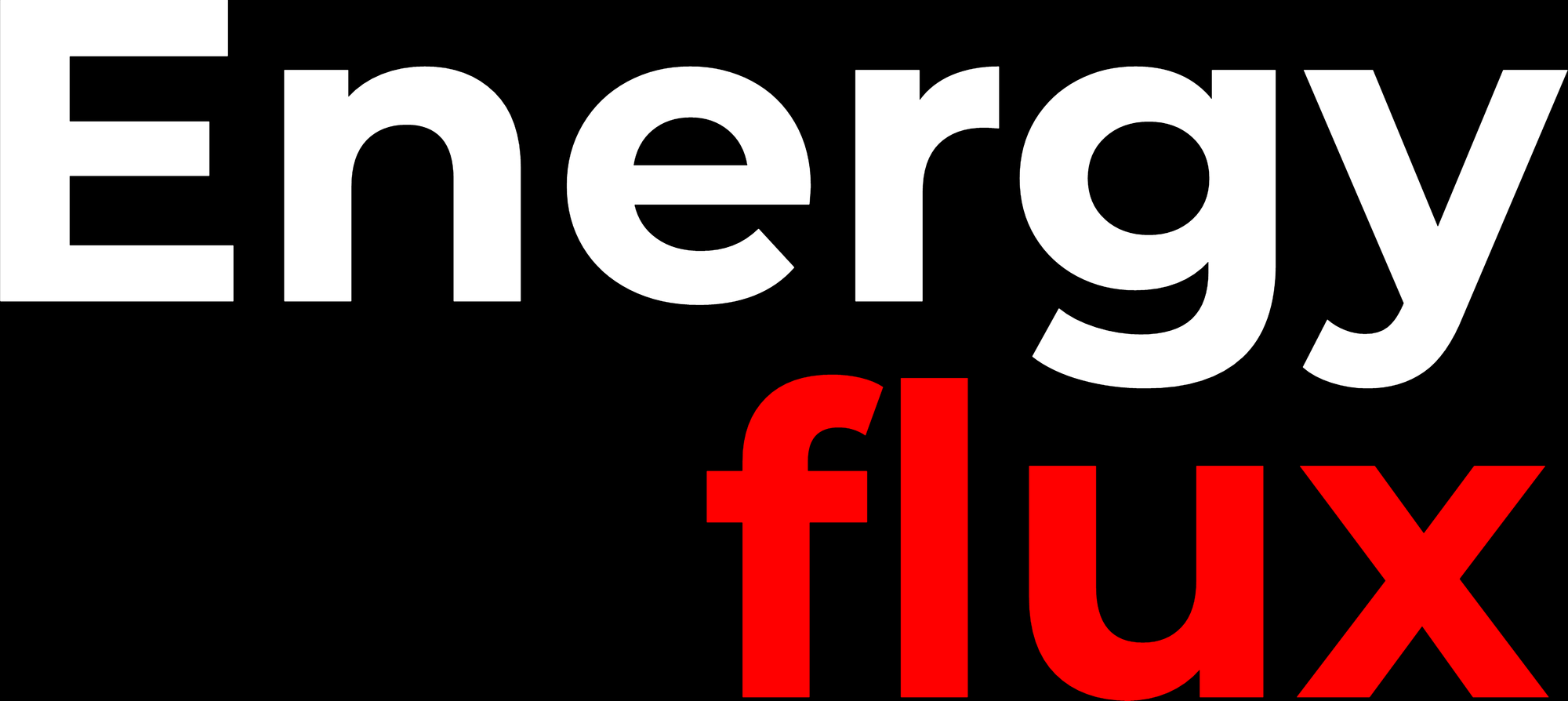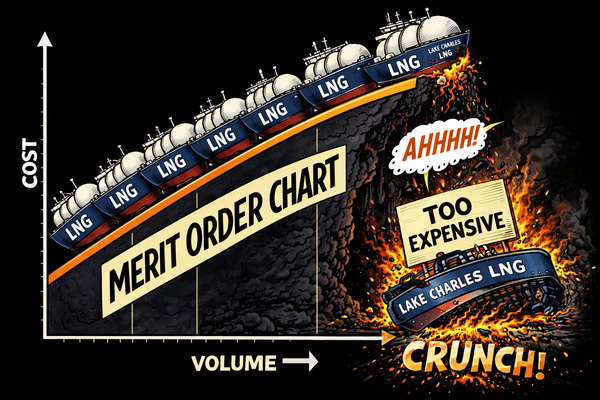Brazil’s onshore oil renaissance
DEEP-DIVE: The energy transition is roiling oil prices, favouring short-cycle investments


Member discussion: Brazil’s onshore oil renaissance
Read what members are saying. Subscribe to join the conversation.





